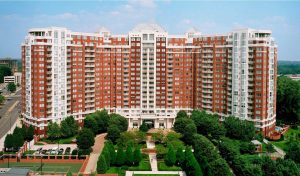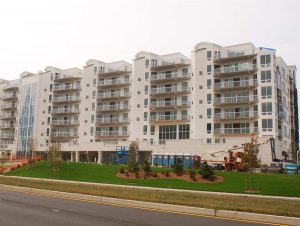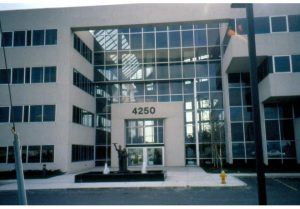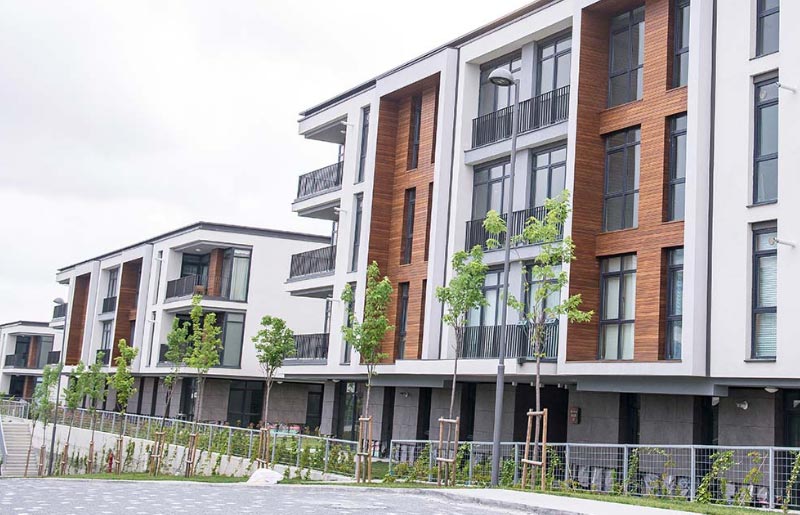
Contact Vescom
Composite Joist Structural Floor Systems Minnesota
Vescom’s composite joist construction floor system offers stronger and shallower floors at a fraction of the cost of traditional steel floor framing methods.
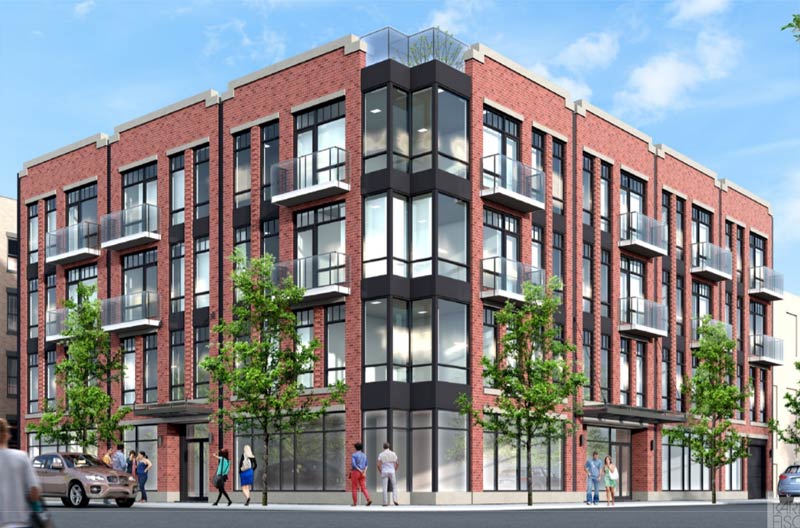
Vescom International is a steel joist and structural floor system manufacturer. The Vescom Joist Structural Floor System can be used all types of multi-story residential, multi-residential, institutional, healthcare, and commercial constructions and buildings. Vescom Joists can be used to construct structures up to 19 stories and are ideal for:
- Multi-residential constructions
- Apartment Buildings
- Condominiums
- Student Housing
- Hotel and Resorts
- Senior Living and Nursing Homes
- Medical Facilities
- Office Buildings
- And Many Other Structures
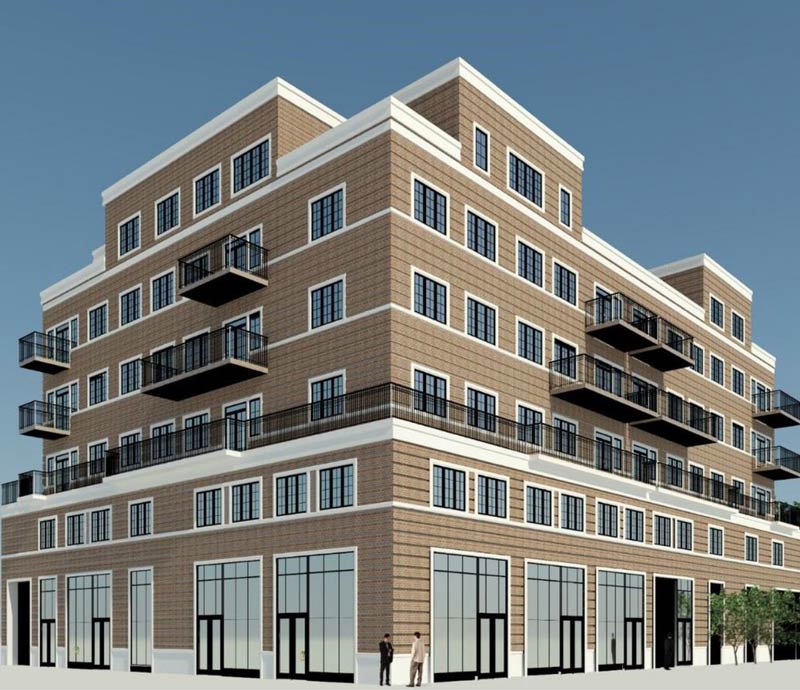
Composite Floor Joists in Minnesota, MN
Vescom International manufactures the following composite joist flooring solutions and delivers them to Minnesota, MN:
- Composite joists
- Composite floor joists
- Steel floor framing
- Concrete joist system
- Concrete joist support
- Steel flooring system
- Structural flooring
- Structural floor system
- Joist slab
- Structural floor systems
- Light gage steel framing
- Steel floor joists residential
- Composite building
- Structural floor
- Composite floor systems
- Steel floor system
- Composite concrete flooring
- Steel frame flooring
- Steel flooring systems
- Floor joist system
- Concrete floor joist
- Suspended floor systems
- Concrete floor joists
- Steel roof decks
- Metal deck
- Roof decking
- Steel deck
- Joist girder
- Steel girder truss
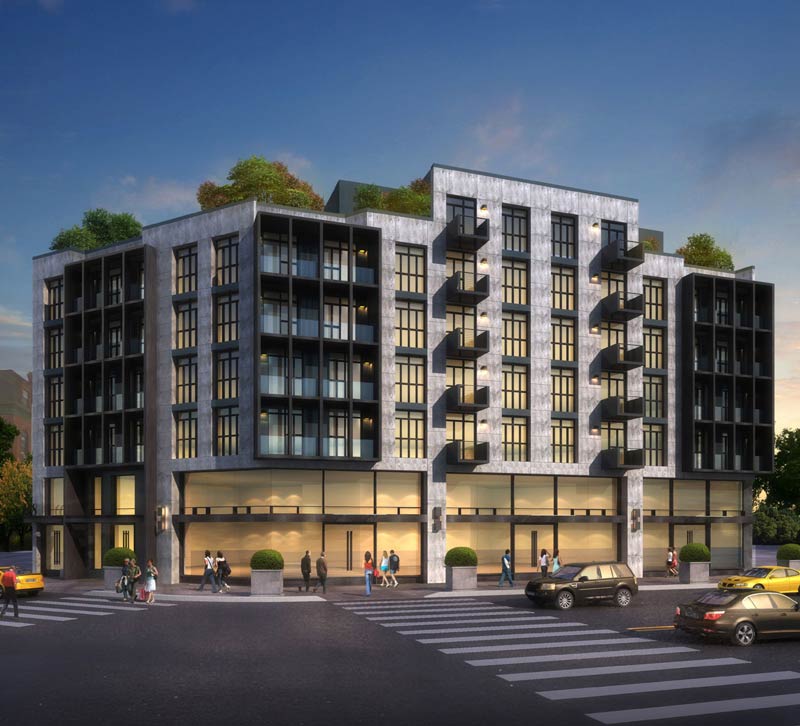
Multi-Residential Construction in Minnesota:
If you are searching for a company to provide any of the following in Minnesota, MN, kindly consider sending your drawings to our team at Vescom. We will provide you with a quote using our composite joist system that could save you significantly on your construction costs.
- Metal deckings
- Composite deck
- Floor systems
- Rated floor
- Cold form steel
- I-span
- Steel components
- Wood joists
- Floor structure
- Steel beams
- Steel trusses
- Floor joist
- Ceiling joist
- Decking joists
- Floor trusses
- Steel joist
- Bar Joist
- Steel deck
Vescom recommends these organizations, their content and material for information about the composite joist industry and technology:
If you are searching for a company to provide any of the following, kindly consider sending your drawings to our team at Vescom. We will provide you with a quote using our composite joist system that could save you significantly on your construction costs.
Frequently Asked Questions
Q: What is a composite joist?
- A: A composite joist, also known as a composite steel joist, is a type of structural member used in construction to support floors and roofs. It is made by combining two or more materials, usually steel and concrete, to create a stronger and more efficient joist.
Composite joists typically consist of a steel top chord, a steel bottom chord, and a concrete slab sandwiched between them. The steel chords provide tensile strength and rigidity, while the concrete slab provides compression strength and mass. The combination of these materials results in a lightweight and durable joist that can span long distances and support heavy loads.
Composite joists are commonly used in commercial and industrial buildings, as well as in multi-story residential buildings. They offer several advantages over traditional joists, including increased strength, stiffness, and fire resistance, as well as improved acoustic and thermal performance.
Q: What is structural flooring?
- A: Structural flooring refers to a type of flooring system that is designed to provide both a walking surface and structural support for a building or structure. Unlike non-structural flooring, such as carpet, vinyl, or tile, structural flooring is capable of bearing heavy loads and transferring them to the building's foundation or support structure.
Structural flooring is commonly used in commercial and industrial buildings, such as warehouses, factories, and distribution centers, as well as in multi-story residential buildings. It is also used in bridge construction, where it serves as both a roadway and a structural element.
There are several types of structural flooring systems, including concrete slabs, precast concrete planks, steel decking, and composite joists. The choice of flooring system will depend on a variety of factors, including the building's design, the required load-bearing capacity, and the desired aesthetic appearance.
Overall, structural flooring plays a critical role in the overall strength and stability of a building or structure, and it is an essential component of any construction project that requires durable and reliable support.
Q: What are steel trusses?
- A: Steel trusses are a type of structural element commonly used in the construction of buildings, bridges, and other structures. They are typically made from steel beams arranged in a triangular pattern, with each beam forming one side of the triangle.
The triangular shape of steel trusses provides excellent strength and stability, allowing them to span long distances and support heavy loads without the need for intermediate columns or supports. This makes them ideal for use in large, open buildings and structures, such as warehouses, factories, and sports arenas.
Steel trusses can be manufactured in a variety of shapes and sizes, depending on the specific needs of the project. They can be straight or curved, and may be designed to have a single or multiple web configurations. Additionally, they can be bolted, welded, or riveted together to form larger assemblies, depending on the required load capacity and structural performance.
Overall, steel trusses are a versatile and durable structural element that offer many advantages in terms of strength, stability, and ease of construction. They are commonly used in a wide range of applications and are an essential component of many modern construction projects.
Vescom International provides exceptional structural performance, unmatched in the marketplace, for multi-level construction in the following states in The United States of America:
Alabama, AL – Alaska, AK – Arizona, AZ – Arkansas, AR – California, CA – Colorado, CO – Connecticut, CT – Delaware, DE – Florida, FL – Georgia, GA – Hawaii, HI – Idaho, ID – Illinois, IL – Indiana, IN – Iowa, IA – Kansas, KS – Kentucky, KY – Louisiana, LA – Maine, ME – Maryland, MD – Massachusetts, MA – Michigan, MI – Minnesota, MN – Mississippi, MS – Missouri, MO – Montana, MT – Nebraska, NE – Nevada, NV – New Hampshire, NH – New Jersey, NJ – New Mexico, NM – New York, NY – North Carolina, NC – North Dakota, ND – Ohio, OH – Oklahoma, OK – Oregon, OR – Pennsylvania, PA – Rhode Island, RI – South Carolina, SC – South Dakota, SD – Tennessee, TN – Texas, TX – Utah, UT – Vermont, VT – Virginia, VA – Washington, WA – West Virginia, WV – Wisconsin, WI – Wyoming, WY
VESCOM News:
A Revolution in Structure
Explore our website to see how Vescom is revolutionizing the construction industry.
Vescom Typical Details
To assist in the work of specifying professionals, we have developed typical Vescom details for their use. These details...
Fun Facts About Minnesota
- Capital: Minneapolis
- Year Founded: 1858
- Major Cities: Minneapolis, Saint Paul, Rochester, Duluth, Bloomington
- Borders: North Dakota, South Dakota, Iowa, Wisconsin, Michigan (at Lake Superior), Canada
- Gross Domestic Product (GDP) Millions USD: $294,729
- Population: 4,919,479
- Land Area (Sq Miles): 84,068
- High Point (Feet): 2,301
- Other Facts: “Key Industries: Agriculture including corn, peas, sugar beets, and turkeys. Paper products, iron ore, biomedical, food processing, and tourism. How Minnesota got its name: The name Minnesota comes from a Sioux Indian word that means sky water. Minnesota State Symbols: State Nickname: North Star State; State Slogan: Explore Minnesota; State Motto: L’Etoile du Nord (The North Star); State flower: Pink and white lady’s slipper; State Bird: Common Loon; State Fish: Walleye; State Tree: Red (or Norway) Pine; State Mammal: NA; State Foods: Milk, Honeycrisp Apple, Wild Rice, Blueberry Muffin. Becoming a State: Date Admitted: Tuesday, May 11, 1858; Number Admitted: 32; Prior Name: Minnesota Territory; Postal Abbreviation: MN. The Geography of Minnesota: Total Size: 79,610 sq. miles (source: 2003 Census); Geographical Low Point: Lake Superior at 601 feet (source: U.S. Geological Survey); Geographical High Point: Eagle Mtn. at 2,301 feet, located in the county/subdivision of Cook (source: U.S. Geological Survey); Central Point: Located in Crow Wing County approx. 10 miles southwest of Brainerd (source: U.S. Geological Survey); Counties: 87 (source: National Association of Counties). Bodies of Water: Lake Superior, Lake of the Woods, Rainy Lake, Upper Red Lake, Lower Red Lake, Mississippi River, Minnesota River. Famous People: Jessica Biel – Actress; Ethan and Joel Coen – Movie directors; Bob Dylan – Singer and songwriter; F. Scott Fitzgerald – Author who wrote The Great Gatsby; Judy Garland – Actress and singer from the Wizard of Oz; Roger Maris – Professional baseball player; Prince – Singer and songwriter; Winona Ryder – Actress; Richard W. Sears – Businessman who founded Sears department stores; Charles Schulz – Cartoonist who created the comic strip Peanuts; More Fun Facts: The Mall of America in Minneapolis is one of the biggest malls in the world. It covers the same ground as 78 football fields!; The Mayo Clinic, one of the world’s largest health facilities, is located in Rochester, Minnesota. The Tonka truck comes from Minnetonka, Minnesota.; Minneapolis has a skyway system connecting buildings which allows you to go all over town without ever going outside. Good news for snowy winters! ;Another nickname for the state is the Land of 10,000 Lakes. There are so many rivers and lakes that 1 out of 6 Minnesotans owns a boat.; The name comes from a Native American Dakota word meaning ‘water that reflects the sky’. Anoka, Minnesota is said to be the Halloween capital of the world.; Mosquitoes are actually declared a public nuisance by law.; Legend has it that the 10,000 lakes were made by the footprints of Paul Bunyan’s giant ox, Babe.; The University of Minnesota was home to the first open heart surgery performed in the United States.; Professional Sports Teams: Minnesota Twins – MLB (baseball); Minnesota Timberwolves – NBA (basketball); Minnesota Wild – NHL (hockey).” Citation: Nelson, Ken. “United States Geography for Kids: Minnesota .” Ducksters, Technological Solutions, Inc. (TSI), https://www.ducksters.com/geography/state.php?State=Minnesota
- Page ID: Minnesota_United_States_23
- Set ID: United_States_State

